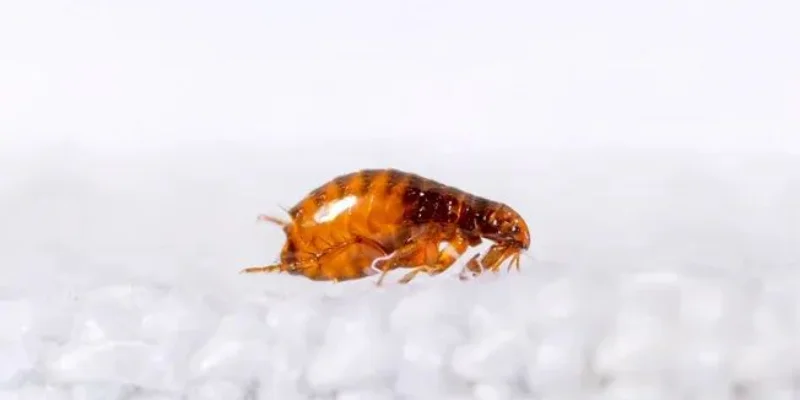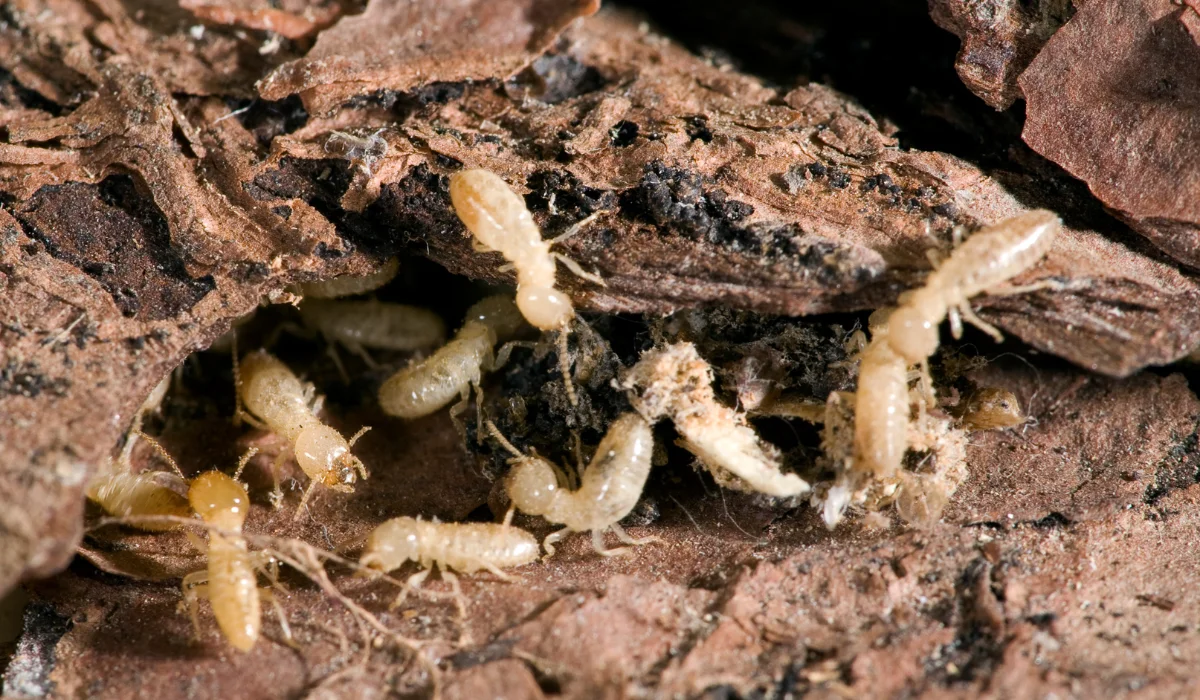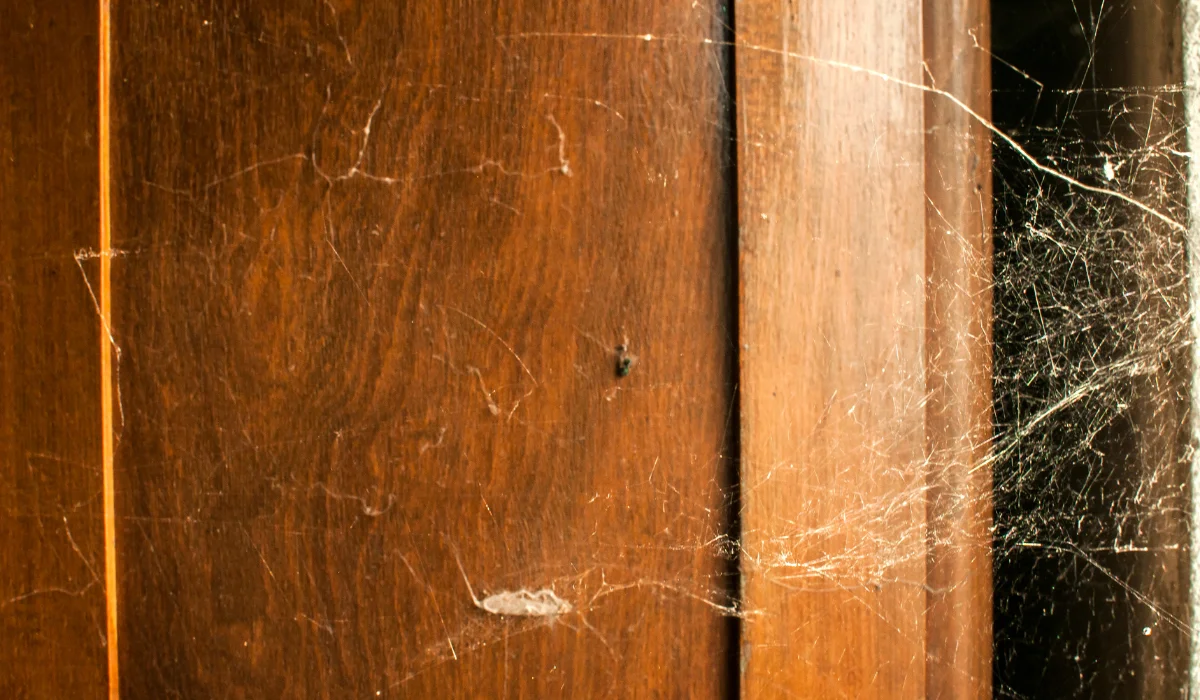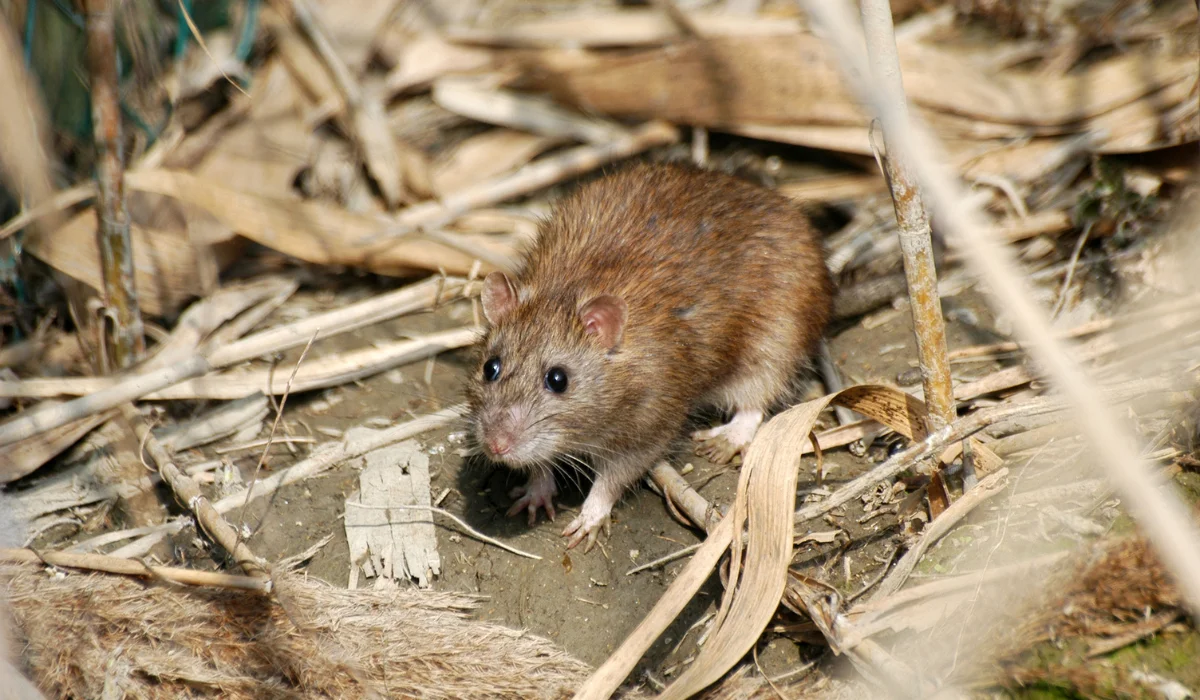In the warm, humid climate of New Orleans, flea control is an essential aspect of pet care and home maintenance. With a long flea season, typically lasting from early spring until late fall and sometimes year-round, residents face unique challenges in keeping these persistent pests at bay. It makes comprehensive flea management strategies vital.
Understanding the life cycle of fleas and their behaviors is crucial for effective control. These tiny insects can not only infest pets, causing itchy bites and potential allergic reactions, but they can also thrive in the household environment, laying eggs in carpets, furniture, and outdoor areas.
Key Takeaways
- Effective flea control in New Orleans requires understanding the flea lifecycle and implementing consistent preventive measures.
- Regularly using veterinarian-approved flea treatments on pets is vital, along with maintaining cleanliness in the home and yard.
- Long-term flea management and aftercare practices are key to preventing reinfestation and controlling the flea population in the region.
WHAT ARE FLEA INFESTATIONS IN LOUISIANA?
In New Orleans, flea infestations can be challenging due to the region’s warm climate and high humidity.
Understanding the local flea life cycle, the species present, and the environmental factors is key to controlling these pests.
The Flea Life Cycle
A flea’s lifecycle comprises four stages: egg, larva, pupa, and adult. Louisiana’s warm and humid conditions create an optimal environment for each stage.
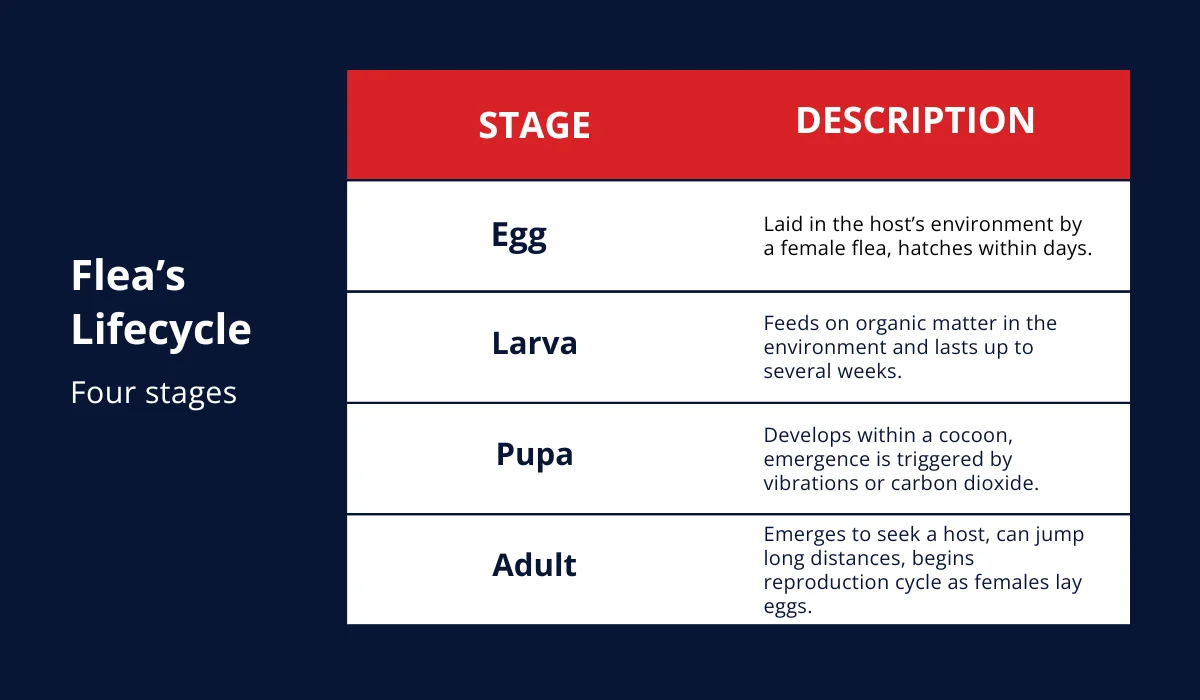
- Egg: Laid in the host’s environment by a female flea, hatches within days.
- Larva: Feeds on organic matter in the environment and lasts up to several weeks.
- Pupa: Develops within a cocoon, emergence is triggered by vibrations or carbon dioxide.
- Adult: Emerges to seek a host, can jump long distances, begins reproduction cycle as females lay eggs.
Flea Species Prevalent in New Orleans
In New Orleans, you may encounter a variety of flea species, making effective flea control strategies essential.
- Ctenocephalides felis (Cat Flea)
- Ctenocephalides canis (Dog Flea)
- Pulex irritans (Human Flea)
- Echidnophaga gallinacea (Sticktight Flea)
Impact of Climate and Environment
In Louisiana’s climate, high humidity and warm temperatures provide a year-round breeding ground for fleas, making infestation a perennial concern.
Fleas thrive particularly in grass and wooded areas with ample shade and organic debris, facilitating larval development.
Moreover, the state’s moderate winters do little to interrupt flea life cycles, so constant vigilance is necessary for an effective flea control program.
WHAT ARE THE SIGNS OF FLEA INFESTATIONS?
Flea infestations pose a significant concern, impacting the comfort and health of your family and pets.
Identifying these signs can prevent a minor issue from escalating into a major infestation.
Signs in Pets
Here are the symptoms of flea infestations your pet may experience:
| Signs in Pets | Description |
| Excessive Scratching | Pets may scratch, lick, or bite their fur excessively due to the irritation caused by flea bites. |
| Flea Dirt (Flea feces) | Small, black specks resembling pepper on pet bedding, carpets, or furniture indicate flea activity. |
| Visible Flea Eggs | Spotting fleas or their tiny, white eggs on your pet directly signifies infestation. |
| Unusual Pet Behavior | Restlessness or discomfort in pets is often a reaction to flea bites. |
Signs in Humans
Here are the symptoms of flea infestations you might experience:
| Signs in Humans | Description |
| Flea Bites | Small, itchy, red spots on the skin, typically found around ankles or legs, can lead to dermatitis. |
| Visual Confirmation | Seeing fleas jumping on socks or lower legs when walking through infested areas. |
Signs in the Environment
Here are the symptoms of flea infestations around your house:
| Signs in Your Surroundings | Description |
| Fleas Jumping | Tiny insects jumping from the floor, carpet, or other surfaces indicate the presence of fleas. |
| Flea Dirt in Carpets | Finding flea dirt in carpets, bedding, or upholstered furniture, even without pets, signals fleas. |
| Flea Around Your House | Spotting fleas moving around your house, particularly in areas your pet or other insects frequented. |
WHAT ARE PREVENTIVE MEASURES FOR FLEA CONTROL?
Effective flea control involves maintaining a clean environment for pets and using safe treatments. Here’s how you can proactively get rid of fleas:
Maintaining a Clean Yard
- Regularly mow the lawn and remove organic waste like fallen leaves and clippings.
- Vacuum outdoor areas where pets spend time to remove fleas and their eggs.
Protecting Your Pets
- Give regular baths and grooming.
- Use veterinarian-recommended flea prevention product formulations (e.g., monthly spot-on topical treatments, oral medications, flea collars).
- Treat all animals in the household to prevent flea spread.
Using Chemical Treatments
- Opt for eco-friendly products labeled for specific yard types or pet species.
- Carefully follow product instructions to protect pets, humans, and the environment.
- Seek professional advice if unsure about treatment options.
Cleaning Inside Out
- Vacuum carpets, furniture, and pet bedding regularly.
- Wash pet bedding and fabric items in hot, soapy water weekly.
Sealing Entry Points
- Inspect your home for cracks and small openings.
- Seal these areas to prevent fleas from entering.
WHAT ARE EFFECTIVE TREATMENT OPTIONS FOR A FLEA INFESTATION?
Fleas can be a pesky issue for residents of New Orleans. Fortunately, several do-it-yourself solutions can help manage your flea problem.
You must be proactive and choose the best method to eliminate fleas.
Chemical Sprays
Manufacturers designed these flea sprays to kill adults and flea larvae on contact.
Look for pesticides that contain insect growth regulators (IGRs), such as
- Pyrethrin
- Permethrin
- Methoprene
- Pyriproxyfen
Always use a spray or aerosol in well-ventilated areas and follow the manufacturer’s instructions.
Powders
Flea powders work by dehydrating the adult fleas.
Typically, these powders contain diatomaceous earth or boric acid as their active ingredient.
Apply the powder to your carpets, under furniture, and other flea-prone areas, then vacuum thoroughly after the recommended period.
Foggers
Also known as flea bombs, foggers treat large areas or entire rooms. They release a mist of insecticide penetrating places where fleas can hide, such as baseboards and crevices.
Because foggers can be hazardous, it’s crucial to vacate the area for the time specified on the label and ventilate it well before returning.
Essential Oils
Certain oils, like lavender, peppermint, and eucalyptus, are known to repel adult fleas.
However, essential oils should be used cautiously, especially around pets, as some can be toxic to animals. Always dilute essential oils and consult with a veterinarian before use.
Diatomaceous Earth (DE)
This natural, powdery substance is safe for humans and pets but lethal to fleas. It works by puncturing the exoskeletons of fleas, leading to dehydration.
Sprinkle DE in areas where fleas are suspected, let it sit for a couple of days, then vacuum it up.
Be sure to use food-grade diatomaceous earth and wear a mask during application to avoid inhaling the fine dust.
–
Get $15 Off Your Flea Service Today!
–
Professional Pest Control Services
Regarding fleas, local professional pest control services are often the most reliable choice.
Licensed technicians, such as LaJaunie’s Pest Control, are equipped to tackle severe infestations with appropriate treatments and can offer a free estimate.
They use specialized techniques and products not typically available to the average homeowner.
Contact us now to ensure your home is pest-free.
HOW TO CONDUCT AFTERCARE FLEA MANAGEMENT?
Once the immediate flea infestation has been tackled, you should focus on maintaining a pest-free environment for the comfort and health of your pets and household.
Cleaning Routine
Maintaining a clean environment is paramount in preventing flea infestations. Here’s a detailed checklist:
- Vacuum carpets and upholstery twice a week: Focus on areas where pets spend the most time. Use a vacuum with a HEPA filter to ensure even the smallest particles are captured.
- Wash pet bedding weekly in hot water: This kills adult fleas, eggs, and larvae. Consider adding a pet-safe laundry additive for extra protection.
- Steam clean carpets and furniture every few months: Steam cleaning can reach deep into fibers and kill fleas at all life stages.
- Dry carpets and furniture: Ensure the area is dried thoroughly afterward to prevent mold.
Pet Care Essentials
As pet owners, your pet’s grooming routine is as important as your home cleaning schedule. Here are some steps to keep them flea-free:
- Use flea combs regularly: This helps detect fleas early. Do it outside to avoid spreading fleas indoors.
- Bathe pets with flea shampoo or a mild detergent: Regular bathing can prevent flea infestations. Always follow up with a thorough rinse to ensure no soap residue irritates their skin.
- Consult a veterinarian for flea control products: They can recommend the best products for your pet’s needs. Apply preventative treatments (i.e., Frontline or Advocate) to control fleas and other pet parasites like heartworms and tapeworms.
Flea Problem? A Professional Exterminator Can Help
Remember, when flea infestations are severe or persistent, calling a local pest control expert in New Orleans is the best way to tackle your flea problem quickly.
If you have a persistent flea problem and need help, book a service now or give our team a call at (+1)985-859-7378 to secure fast and effective pest control services.
 By: LaJaunie's Pest Control
By: LaJaunie's Pest Control 